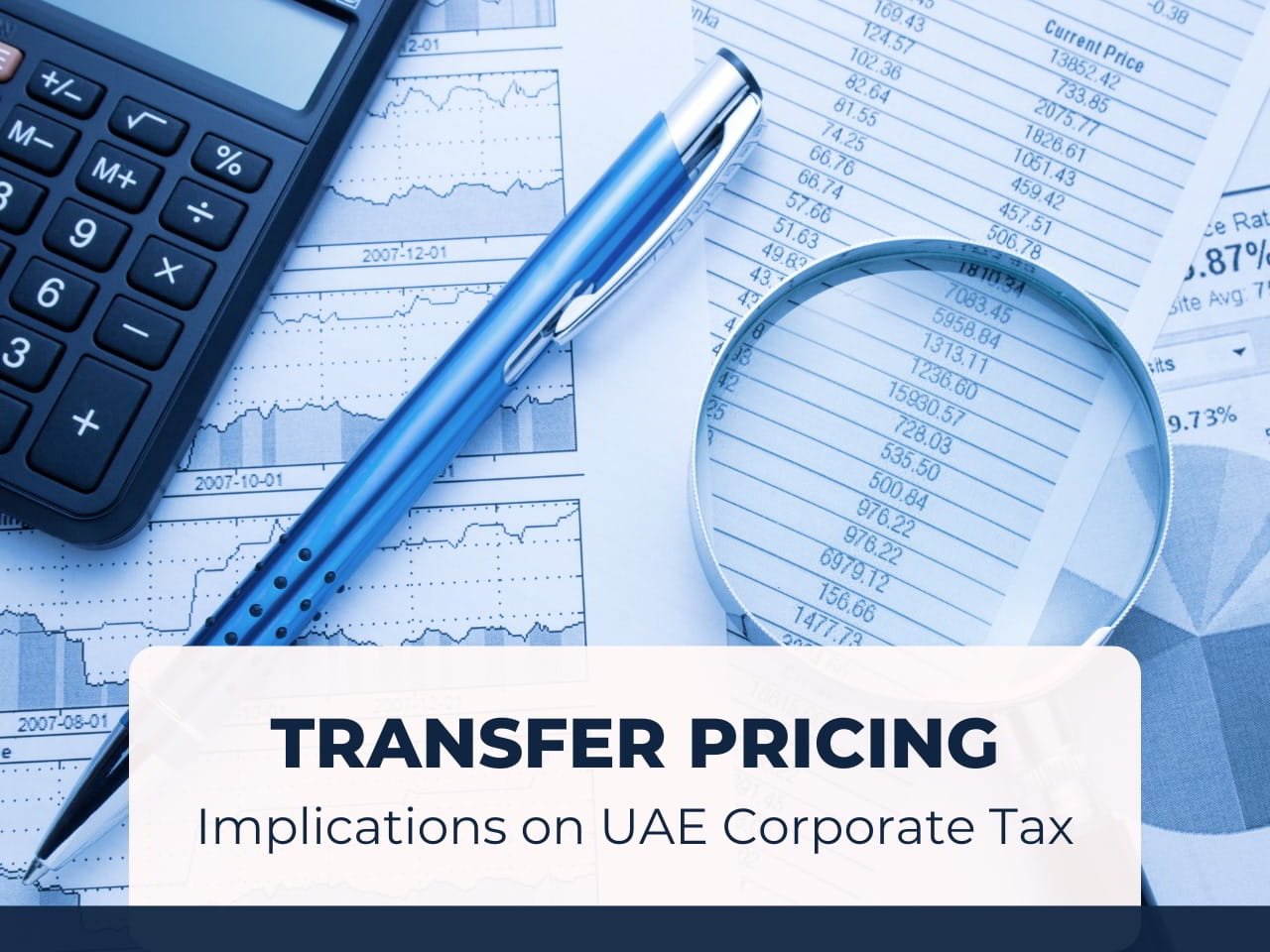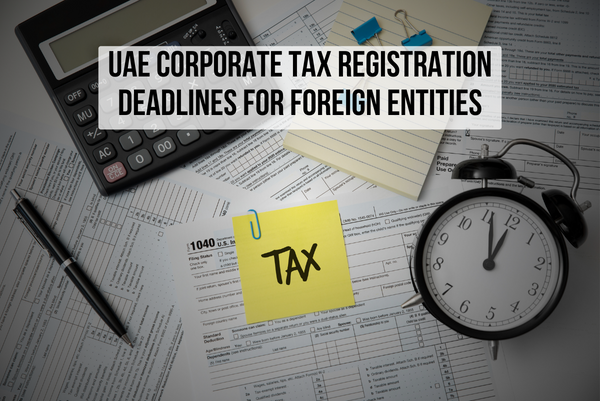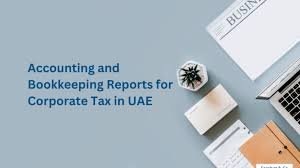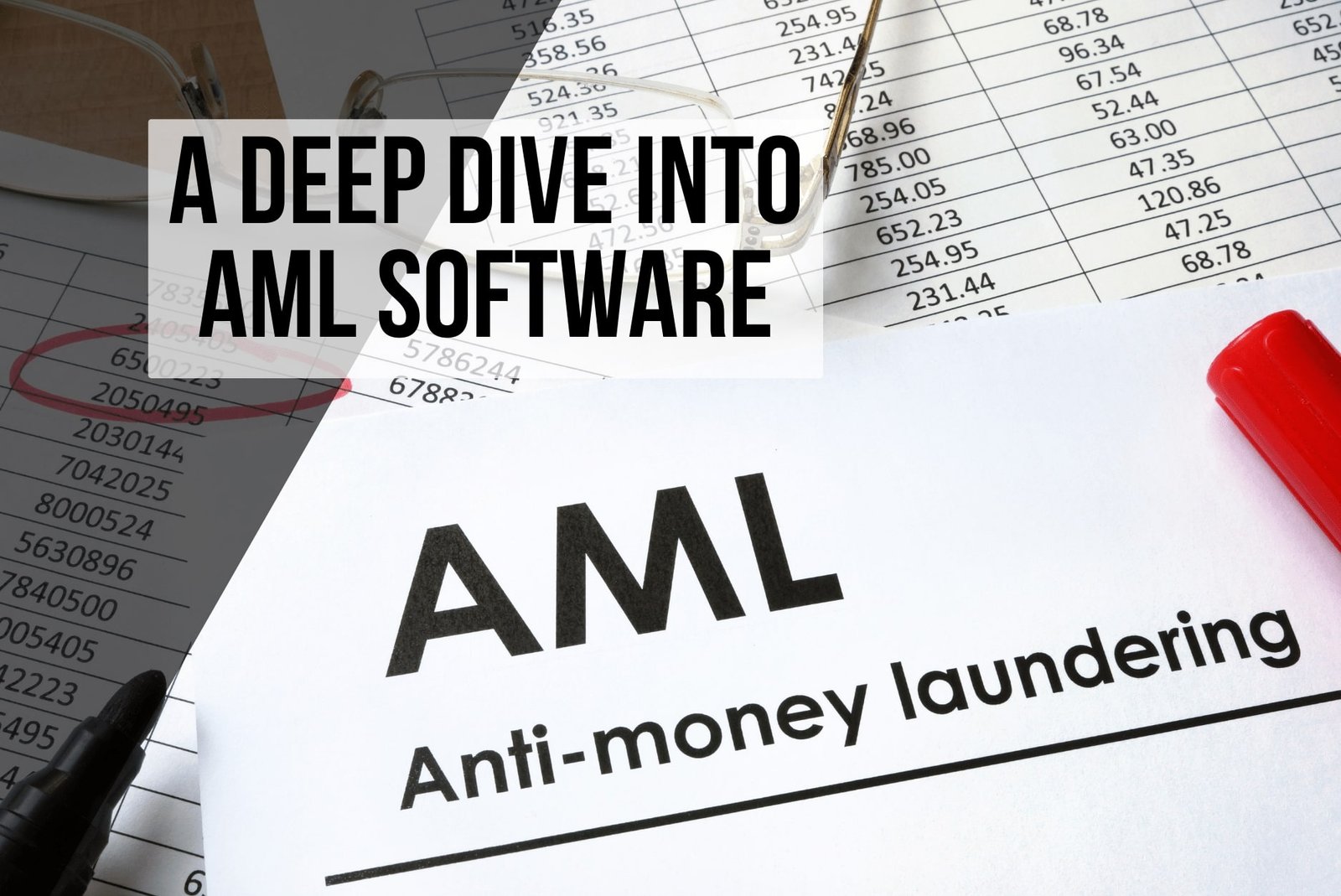Transfer pricing is one of the areas to consider for a company’s compliance strategies from a taxation perspective. However, this should be done ethically to avoid manipulating transfer pricing to save taxes. The transfer pricing for businesses in the UAE is critical and should be in compliance with requirements as per UAE Corporate Taxation regulations.
This blog will provide insights on effectively planning transfer pricing and corporate tax.
What is Transfer Pricing?
Transfer pricing is an accounting practice representing the price at which one division in a company charges another for goods and services. It establishes prices for goods and services exchanged between subsidiaries, affiliates, or commonly controlled companies in the same large enterprise.
Before registering for corporate tax in the UAE, every business group must decide whether to register as a stand-alone entity or a tax group based on fulfilling some conditions.
Tax group—A tax group will allow you to be treated as a single taxable person by preparing consolidated financial statements. Tax groups need not bother about the Arm Lengths Principle and maintaining documented transfer pricing as the inter-company transactions are eliminated while consolidating financial statements.
In global trading hubs like the UAE, multinational enterprises (MNEs) often carry out cross-border transactions with subsidiaries located in different tax jurisdictions. These transactions often involve transferring products, services, or intellectual property (IP). The prices of such transactions should meet the arm’s length principle (ALP), which means the transactions must be conducted at open market value, as would be the case between independent parties.
The business community in the UAE must adhere to critical requirements to comply with the UAE corporate tax law. All businesses in the UAE must register for the UAE corporate tax irrespective of their status as an SME (Small Medium Enterprise), mainland, or free zone company.
Both cross-border and domestic transactions or arrangements between related parties (including Free Zone entities) must adhere to the arm’s length standard principle.
Steps to arrive at ALP (Arm’s-length principle) for transfer pricing:
- Identifying related parties or connected persons is important. This includes identifying the entities involved and establishing any connections that might impact the pricing of the transaction.
- Accurate delineation of transactions is a must. It is also important to examine the transactions and understand their economic and financial relations.
- Performing an important comparable analysis is required to evaluate economic conditions, market trends, and industry to identify companies for benchmarking.
- Function assets and risk analysis of the functions performed, assets employed, and risk assumed by each party involved in the transaction is essential.
- Choosing the best transfer pricing method based on the nature of the transaction is a must.
- It is important to determine which party is profitable against the arm’s-length principle.
- Identifying comparable transactions between independent entities ensures that similar characteristics are considered.
- It is essential to make adjustments to account to match with the ALP framework aligned with the transfer pricing guidelines and UAE Corporate Tax.
- Establishing an arm’s length relationship between the comparable dates is important, as it provides a reasonable range within which ALP should fall.
Transfer Pricing Methods and Their Application
In order to determine the arm’s length nature of transactions between the related parties, the CT law prescribes five methods aligned with the OECD Transfer Pricing Guidelines. Here are important factors to consider when applying a particular transfer pricing method.
- Contractual terms
- Characteristics of the transaction
- Economic circumstances
- Functions, assets, and risks
- Business strategies
Conclusion
Financial reporting of transfer pricing has strict guidelines and is closely monitored by tax authorities. Auditors and regulators require extensive and correct documentation for the same. If the transfer value is incorrect and inappropriate, the financial statements need to be restated, and fees or penalties could be applied in such cases.
Hiring a professional and qualified accountant with expertise in handling transfer pricing, corporate tax, value-added tax, and anti-money laundering (AML) is important.
At Auditac International, we have a team of financial experts to help UAE businesses with corporate tax law and transfer pricing correctly. We aim to simplify the entire process of Corporate Transfer Pricing with the best process solutions. Get connected to one of our experts at Auditac International to explore more about Corporate Tax & Transfer Pricing.
Disclaimer












